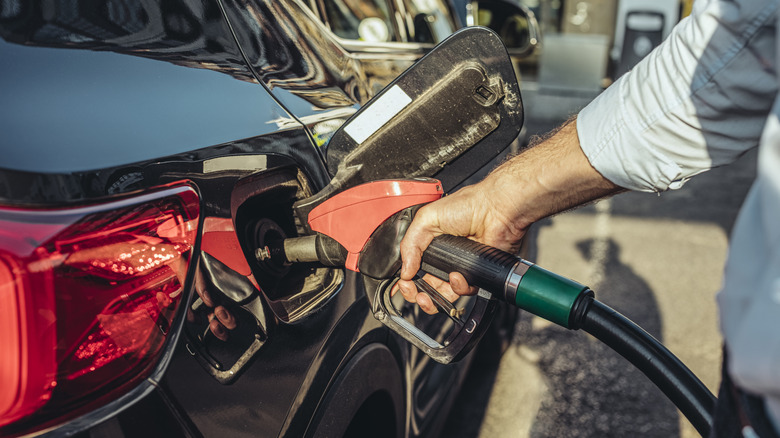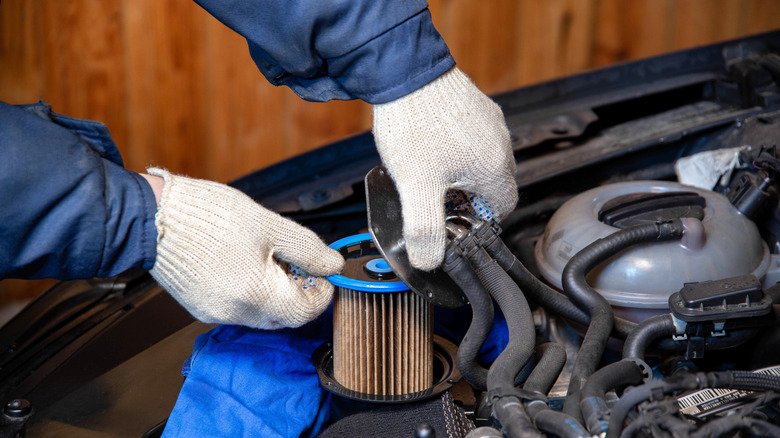What Kind Of Gas Should You Put In A Classic Car And Why Does Choosing The Right Fuel Matter?
Classic cars have always had the public eye, with some even choosing them to be their daily drivers. If that's the case, you better be informed about what kind of fuel you need to use. The best fuel for most classic cars is ethanol-free gasoline (E0), preferably with a high octane rating like 91 or higher. This is because older engines were never designed to run on today's ethanol-blended fuels. Ethanol, even at 10%, can wreak havoc on vintage fuel systems. It corrodes metal, softens rubber, attracts water, and reduces power output. E0 gas avoids all that and causes fewer problems.
But finding ethanol-free gas isn't always easy. In the U.S., most stations only sell E10 (gasoline with 10% ethanol). For drivers who can't get E0, the next best option is premium fuel with the lowest ethanol content you can find, typically E5 or E10. Some owners add octane boosters or ethanol stabilizers, especially before long-term storage.
If your engine still has soft valve seats and was originally designed for leaded fuel, consider adding a lead substitute. These additives help prevent valve seat recession, especially important if you drive your classic regularly. Without it, long-term use of unleaded gas could eventually lead to valve damage. If your car's engine has been rebuilt or upgraded with hardened valve seats, this isn't as critical.
Why ethanol-blend gas is a problem for older cars
Ethanol is harmful to classic car engines. Back when they rolled off the line, gasoline was leaded, high in octane, and free from alcohol-based additives. Today's fuels are the opposite: unleaded and blended with ethanol. That switch causes problems.
First, ethanol is hygroscopic. It pulls moisture from the air and into your fuel tank, where it promotes rust in the tank, lines, and carburetor. It also leads to fuel separation, where water and ethanol settle at the bottom of the tank and can cause misfires or damage when drawn into the engine. This is especially risky if your car sits for long periods, like over the winter.
Second, ethanol is a solvent. It breaks down old varnish and gunk in the tank and fuel lines, which then clogs filters and carburetors. It also degrades vintage rubber fuel lines, gaskets, and seals. Replacing these parts with ethanol-safe materials is possible, but it's extra work and cost.
Third, ethanol reduces energy density. That means worse mileage and less power, which is noticeable in older engines that weren't designed to compensate for the lower BTU value of alcohol-blended fuels. Many classic car owners report up to a 10% drop in fuel efficiency when using E10 versus E0.
What happens if you use the wrong gas?
If you fuel your classic car with the wrong type of gas, the issues might not show up immediately, but they will show up. Ethanol blends like E10 or E15 can cause corrosion inside the tank and lines, eat away rubber seals, and lead to expensive carburetor damage. If you let that gas sit for 90 days or more, it can separate and go bad. Start the car in that condition, and you risk engine damage or complete fuel system failure.
Valve seat recession is another risk in engines originally built for leaded fuel. Without lead or a proper substitute, the valve seats (which weren't hardened in older engines) wear out under heat and pressure. That leads to compression loss and eventually an engine teardown.
Lower octane fuels bring pre-ignition or "pinging," especially under load. That's when combustion happens too early in the cycle, which can burn pistons and seriously shorten engine life. It might sound like a light rattle at first, but it does real harm fast.
To avoid this, know your car's fuel requirements, check the ethanol content at the pump, and add stabilizers or octane boosters when needed. For best results, stick to high-octane, ethanol-free gas, or at least minimize ethanol exposure with protective additives and smart storage.


